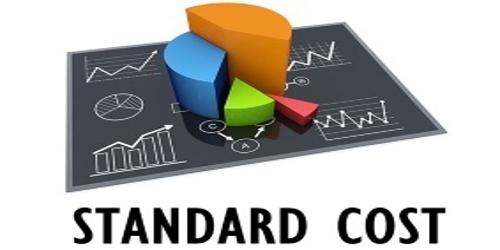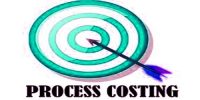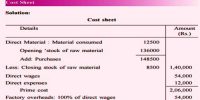Standard costing is a system under which the cost of a product is determined in advance on certain pre-determined standards. With reference to the example given in post costing, the cost of product A can be calculated in advance if one is in a position to estimate in advance the material labor and overheads that should be incurred over the product. All this requires an efficient system of cost accounting. It involves the creation of estimated (i.e., standard) costs for some or all activities within a company. However, this system will not be useful if a vigorous system of controlling costs and standard costs are not in force. The three major elements of standard cost are Direct Material Cost, Direct Labor Cost, and Overheads.
If standard costs are used, there will be:
- a standard cost for each unit of input (e.g., $20 per hour of direct labor)
- a standard quantity of each input for each unit of output (e.g., 2 hours of labor for each product)
- cost for each unit of output (e.g., $20 X 2 hours = $40 of direct labor per product)
Standard costing is becoming more and more popular nowadays. It is the practice of substituting an expected cost for an actual cost in the accounting records. They are generally related to a manufacturing company’s costs of direct material, direct labor, and manufacturing overhead. It aims at measuring the performance, controlling the deviations, record assessment and deciding the selling price of the product especially when quotations are prepared.















